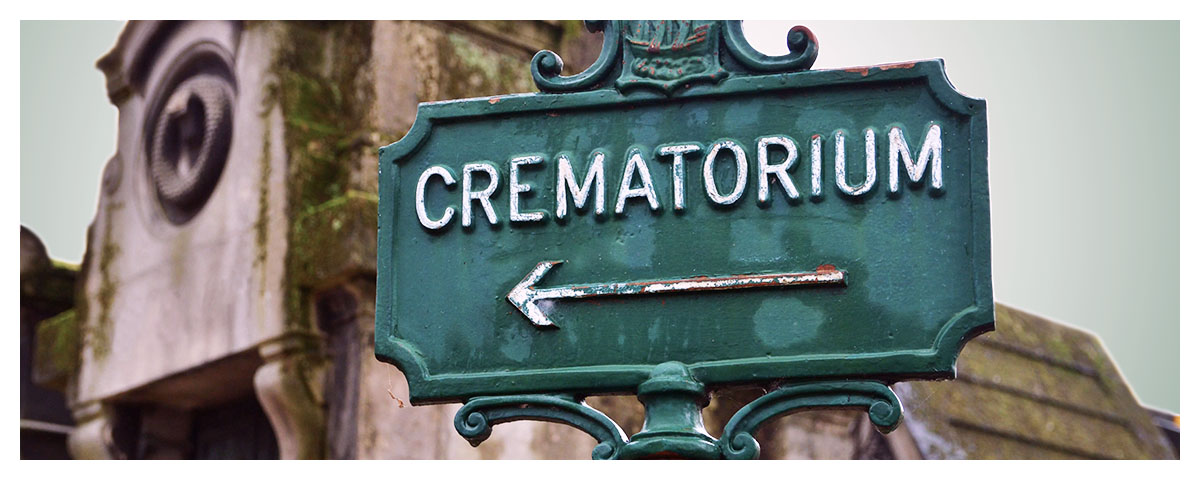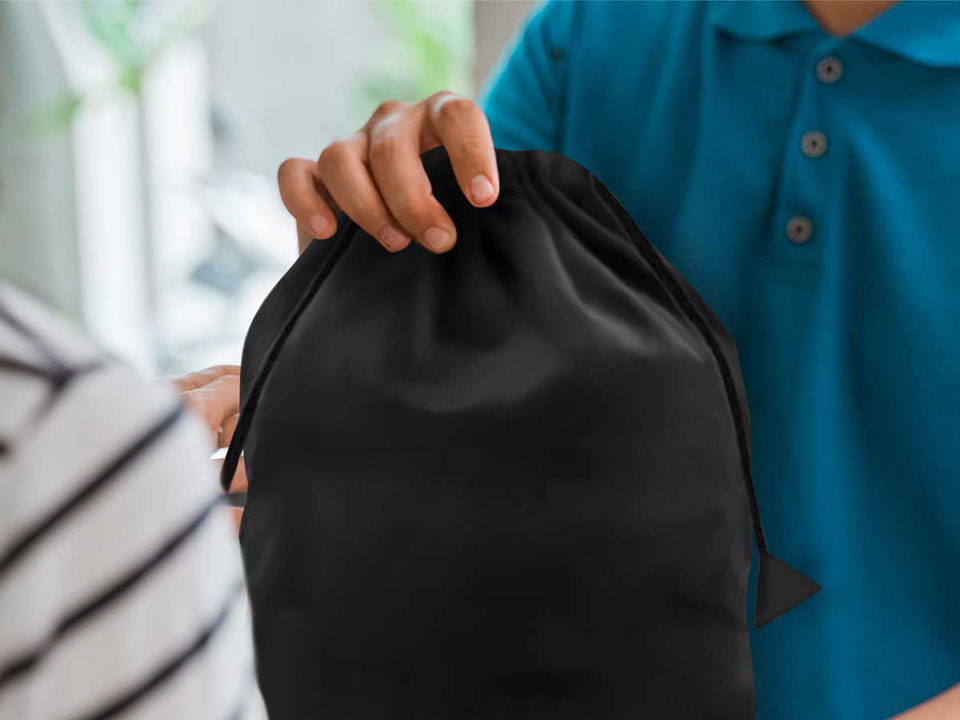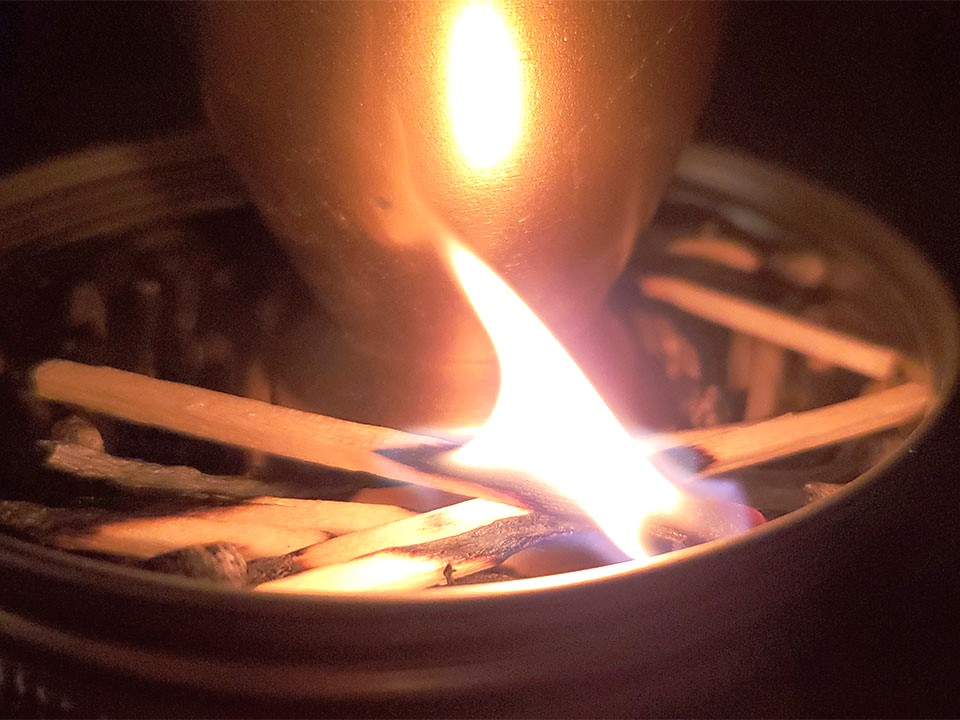What Is It Like to Collect Ashes After A Cremation?
You may have to do a lot of things for your loved one after they pass. Collecting their remains after cremation is a big part of the process. It’s not surprising that many people find getting the ashes from the funeral home or crematorium as the final step of the initial grieving process, or the beginning of life without a loved one.
Collecting the remains usually doesn’t require a lot of work or effort, but it may also feel like one of the hardest things you’ve ever had to do. With this information, you’ll understand what to expect from the process, and how you can make it easier on yourself and your family.
How to Prepare Yourself
Receiving the last physical remains of a loved one can feel just as heavy as the loss on the first day. Many people say that seeing the remains shows them that the experience isn’t a nightmare, that it is real and happening in the moment. The finality of it all often leads to an outpouring of grief, even for those who haven’t really let themselves start to grieve yet. Here are a few ways that you can prepare yourself for this important task.
Get Specific Information
When you sign the paperwork for the cremation, you’ll receive a few documents that provide some information:
- Details about the cremation
- When you can expect to pick up the remains
- How and where to collect the remains
- What you will receive at the time of collection
Before you go to collect the remains, you should review this paperwork so you know what to expect. If you weren’t the person signing the paperwork, but you have been designated to pick up the remains, you may want to ask for a copy of the paperwork. You can also call the funeral home or crematorium to get more information or ask questions.
Bring a Friend or Family Member
The funeral home or crematorium will expect to give the cremation ashes to one or two specific people, but you don’t have to go alone to collect them. Ask a close friend or family member to go with you to the location to get the remains. In some cases, it may help to have them handle the driving.
Consider Designating Another Person
If you feel like you are not in a good position to pick up the ashes, you can ask another person to do it on your behalf. Even if you are a loved one’s next of kin, you don’t necessarily need to be the one to collect the remains. Most funeral homes will allow you to designate another person to get the ashes. In fact, it is a common step for loved ones who pass away some distance away from their families.
If you know that you will need to designate another person, be sure to notify the funeral home or crematorium. They will probably ask you to provide the name of the person collecting the remains. Make sure that the person you designate knows what to expect from the process and that they should bring a photo ID to show when they collect the remains.
Key Takeaway:
After your loved one has been cremated, collecting their ashes from the crematorium can be an emotional process. It can help to prepare by reviewing the paperwork you, or the next of kin in contact with the crematorium, had been given prior to the cremation. Consider bringing a friend or family member to accompany you to collect the ashes, or designate another person to go on your behalf.
What to Expect When Receiving Ashes
Once the remains are ready for you to collect, the funeral home or crematorium should call you to let you know. If you would prefer not to receive a phone call, you can ask them about alternative methods of communication.
In some cases, the funeral home or crematorium may ask you to specify an appointment time for collection. If they don’t designate a time, you may need to ask the hours available to pick up the ashes. When you arrive, they will usually ask you to provide a photo ID, verify your name with the paperwork, and get the remains to give to you.


Containers
If you didn’t purchase or provide an urn to the funeral home or crematorium, they will provide a suitable container to hold the remains. Typically, the ashes go into a sealable plastic bag, and the bag is placed inside a box. Although there is an identifying tag inside the bag of ashes, you should also be able to see clear identification on the box. If the box does not have any identifying information, you can ask the funeral home or crematorium to verify the identity of the remains.
Urns
When you arrange for the cremation, or as part of your loved one’s memorial pre-planning, the funeral home or crematorium will likely give you the option to buy an urn. If you buy or provide an urn, they can fill it for you. You may want to avoid using paper-based urns for the collection, as many organizations require that they give you the remains in a durable container.
If you would like to have the remains split between a number of keepsake urns, you can ask the funeral home or crematorium to provide this service. Keep in mind that they may not be able to accommodate specific requests about the amount of remains in each keepsake, besides the maximum amount each urn can hold. If there are additional ashes that don’t fit in the urns, you may receive an additional container with the remainder.
Special Note About Urns: You do not have to buy an urn from the funeral home or crematorium in order for them to fill it. The FTC Funeral Rule allows you to buy an urn and deliver it or have it shipped to the location, to be filled on your behalf free of charge.
Cremated Remains
It’s common to refer to cremated remains as ashes, although they don’t exactly look like ashes. Coarse sand or fine gravel makes a better comparison, and helps you to understand the weight of the cremains as well. For the average adult, the ashes may weigh about 4 to 6 pounds, or roughly 3 percent of the person’s weight. Our cremation weight calculator can help you get a better estimate.
Cremated remains come from the bones of the person, which are all that is left after the cremation process. The bones are pulverized into small pieces, which can look like dust at the finest with lots of slightly larger pieces. Some people say that the ashes have no odor at all, while others say that they have a slight incense, metallic, or mineral smell.
Key Takeaway:
Cremated remains will be provided in a plastic bag inside a box, or will be placed in an urn if you have purchased or given one to the crematorium. There will typically be an unique metal tag among the remains that will help verify the identity of the person cremated, so you know you are receiving the correct ashes. The ashes can resemble fine gravel or sand, and may be odorless or have a faint smell of incense or metal.
What to Do With the Ashes After You Receive Them?
Once you receive the ashes, you may need to decide what you plan to do with them. Keep in mind that cremated remains will not spoil or disintegrate over time. If you aren’t sure what to do with the remains, or you need time to plan a memorial for your loved one, you can put the remains in an urn or container while you prepare.


Cremation Urns
Cremation urns make a great way to honor your loved one. You can choose from a variety of materials, from metal and wood to glass, ceramic, and biodegradable materials. You’ll find urns for ashes in varying sizes and styles, small enough for infants or large enough for the largest adults. Make sure to consider your plans for the urn, including:
- Burial
- Placement in a cemetery’s columbarium
- Scattering
- Water burial
- Placement at home
You can find options that suit your loved one perfectly, from their favorite hobbies to religious beliefs or military experience. You can also create a custom urn that is unlike any other.
Keepsake Urns
Keepsake urns make it easy for you to put an urn in a smaller space, or have plenty of ashes that you can divide among family members and friends. At a smaller size and lower cost, keepsakes turn into great gifts at a memorial ceremony, or as a gift at the loved one’s favorite holiday celebration. You can shop for keepsakes in various sizes, including:
- Smaller versions of full-size urns
- Scattering tubes
- Ornaments
Given their small size, keepsake urns may also have the capacity to hold the remains of an infant or small child.
Cremation Jewelry Urns
Cremation jewelry gives you the best way to keep a loved one close to you–next to your heart or in your hand. Like other types of jewelry, you can find cremation jewelry in stainless steel, silver, and gold. This jewelry makes great gifts to family members and friends. You can split very small amounts of ashes among several pieces while still having plenty of ashes to bury, scatter, or keep at home.
Burial Urns and Urn Vaults
If you plan for a traditional burial in a cemetery, you may need to choose an urn for burial. Urns meant for this type of burial are usually made of wood, metal, or stone. Most cemeteries also require the use of an urn vault, which may be able to hold the remains of multiple people.
Alternatives
If you don’t intend to bury the remains in a cemetery or keep them at home, you can consider a number of alternatives, such as scattering ashes, to provide the ideal send off for a loved one:
- Scattering: Be sure to follow guidelines, especially if you’re scattering the ashes on private property or public land
- Burial at sea: Find out the rules for scattering or burying the ashes on the specific body of water, which might involve choosing a specific location or hiring a service
- Placement in a memorial reef
- Launching remains into space
Key Takeaway:
You have multiple options for what to do with your loved one's ashes once you receive them. If you plan to divide the ashes among many family members, the ashes can be stored in various keepsake urns. Cremated remains do not spoil or disintegrate, so you have time to choose what to do with the ashes.
How to Transport Cremated Remains
If your loved one’s final rest involves traveling with the remains, you’ll need to prepare in advance. Driving is usually the least complicated, but you have options to ship or fly with the ashes as well. Remember that you can ask your funeral home or crematorium if they will ship the remains on your behalf, but you may need to pay a fee for the service.


Shipping
If you want to ship the remains to another location, you’ll need to use the United States Postal Service. Shipping remains out of the country may have additional rules, based on the destination country. Some flight carriers will transport remains for you even if you’re not traveling, but you’ll need to contact the individual airline for policies.
Driving
Driving with the remains allows you the most options, as you can put the remains in a sturdy container and get on the road whenever you’re ready. Consider wrapping the container or urn with paper and putting it in a box to protect it while you drive, particularly for distances that take several hours or longer.
Flying
Many airlines will allow you to transport cremated remains with you on a flight, but you must use a solid container that is sealed tightly. Be sure to research the airline’s policies before you buy your tickets.
Key Takeaway:
If you are planning to bury or scatter your loved one's ashes, you may choose to transport the ashes by car, plane, or shipment.
Start Planning for Your Loved One’s Final Rest
Losing a loved one can feel like a heavy weight on your soul. When you go to the crematorium or funeral home to collect their remains, the weight might feel heavy enough to crush you. This step is often easier to do with the help of a close family member or friend, or even asking someone to go on your behalf.
Life without a loved one can be hard to imagine, especially in the early days of grief. Give yourself plenty of time, and try to minimize responsibilities and outside stressors during moments like these. With extra care for yourself and your family, you can complete this important task and start working toward a final rest for your loved one.
MEET THE FOUNDER
Susan Fraser
Susan Fraser, founder of In the Light Urns, Inc., has spearheaded innovation in the memorial industry since 2001. After a personal tragedy, she began creating custom cremation urns for ashes that reflect a lost loved one's individuality. Susan's commitment to comfort makes her an authority on cremation and memorials, guiding and consoling families through understanding and compassion. With expertise and dedication, Susan's cremation guides give families invaluable resources for informed decisions.


Cremation Education
Cremation education informs diverse practices and ethics, empowering informed end-of-life choices.







